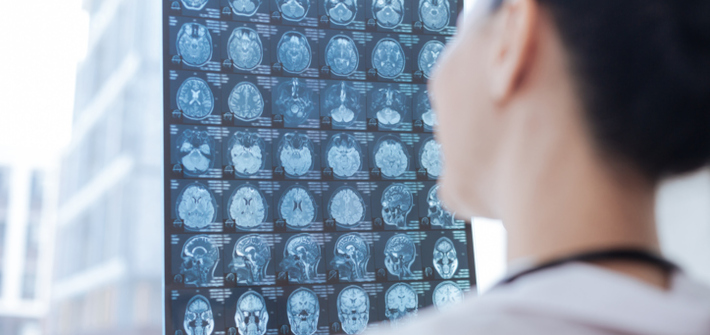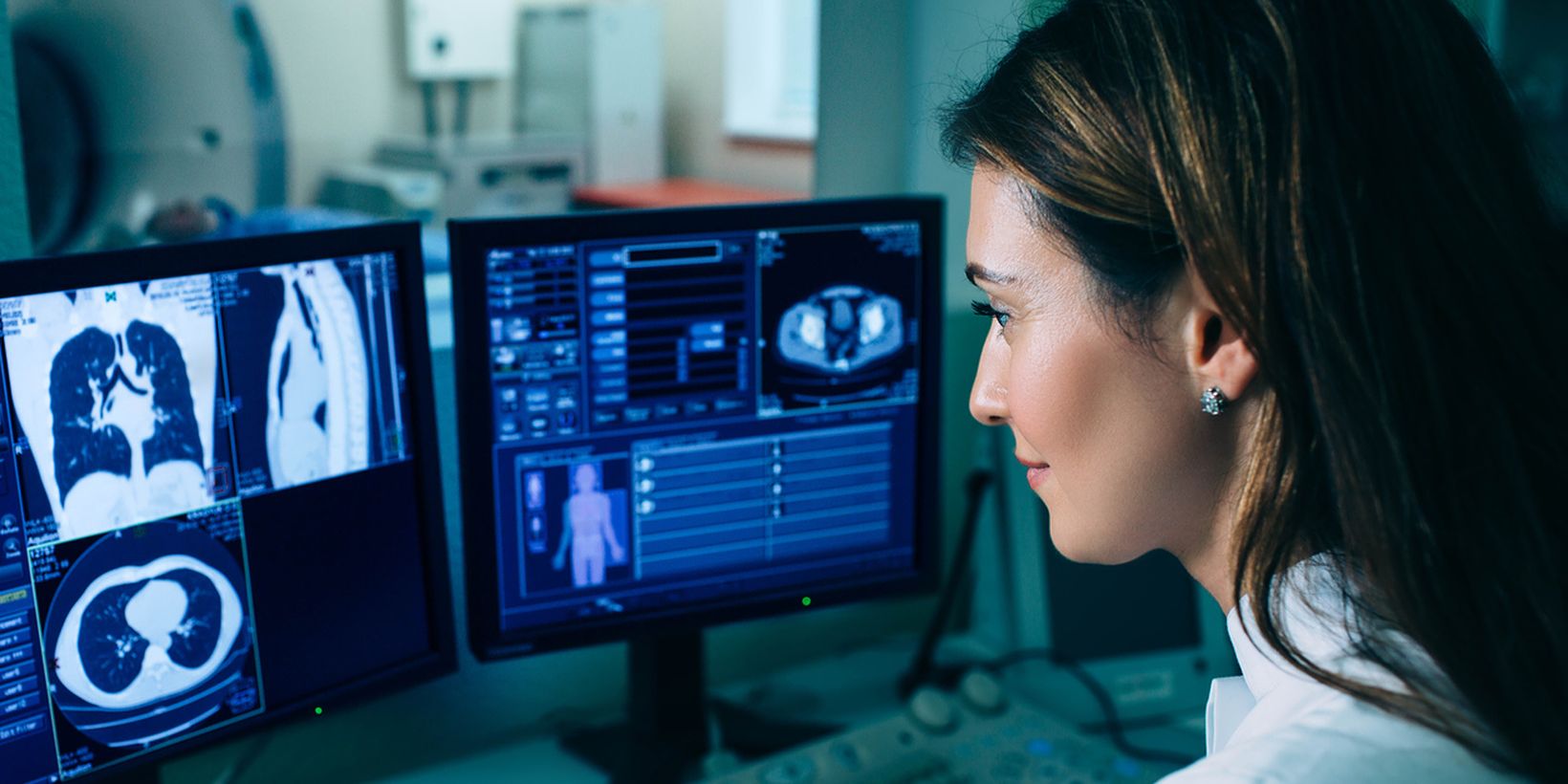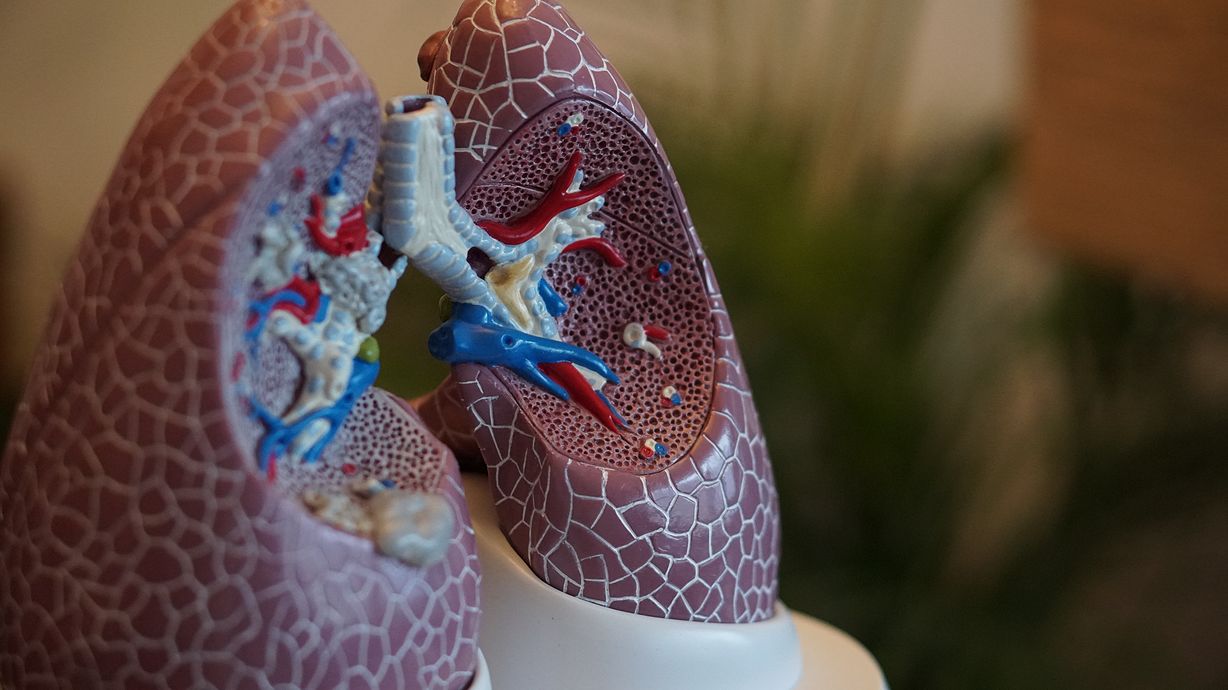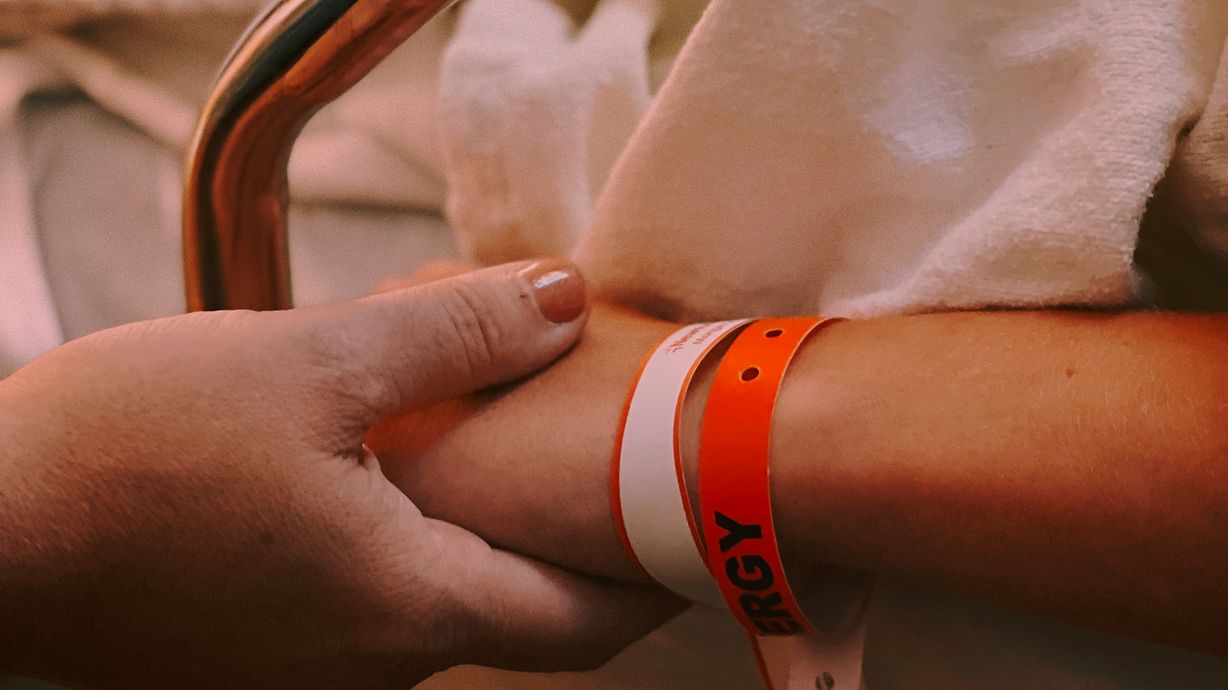One of the main goals of diagnostic radiology is to acquire high-quality images with a low dose of radiation, as high-quality images enable radiologists to make meaningful diagnoses, and low doses of radiation keep patients safe.
But what exactly defines a “low-dose CT scan”? Is it 10 mGy, 12 mSv, or 1 rad? Or 300 mGy-cm? What is considered a concerning amount of radiation? Understanding radiation dosage can be complicated, even for radiologists.1
.png?width=1000&height=200&name=AlgoMedica-Logo@2x%20(3).png)





